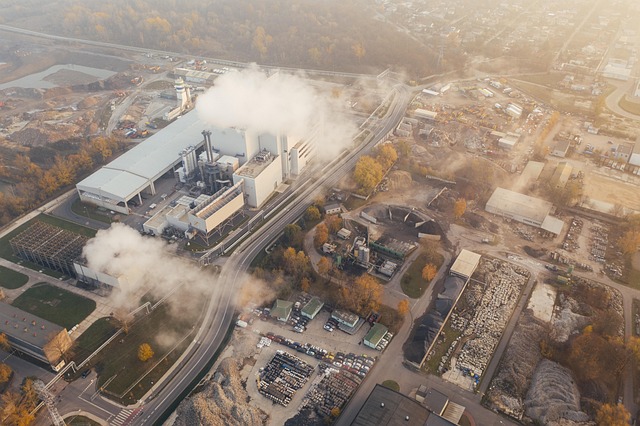The chemical industry plays a pivotal role in modern society, producing a vast array of products that are integral to our daily lives, from plastics and fertilizers to pharmaceuticals and cleaning agents. However, this vital industry is also a significant contributor to greenhouse gas emissions and environmental degradation. As awareness grows about the effects of climate change, it’s essential to explore the intricate link between the chemical industry and its impact on our environment.
At the heart of the issue lies the production processes used within the chemical industry. Many of these processes rely heavily on fossil fuels, releasing carbon dioxide and other pollutants into the atmosphere. This emission leads directly to an increase in global temperatures, resulting in climate change that affects ecosystems, weather patterns, and agriculture. The rise in temperatures not only disrupts natural habitats but also intensifies the frequency and severity of extreme weather events, from hurricanes to droughts, presenting significant challenges for communities worldwide.
The impact of the chemical industry extends beyond emissions; it also involves the disposal of hazardous waste. Chemicals released into the soil and waterways can have catastrophic effects on local wildlife and plant life, contributing to the decline of biodiversity. These contaminants can seep into drinking water supplies, posing health risks to nearby populations. The chemicals that are so beneficial in their intended use can, if not managed properly, become a dangerous liability for both human health and the environment.
As the conversation around sustainability grows louder, the chemical industry is at a crossroads. Innovative solutions are emerging, with companies exploring greener alternatives in production, such as bio-based materials and sustainable practices that minimize environmental impact. Utilizing renewable energy sources in manufacturing processes is another crucial step towards reducing carbon footprints and aligning with global climate goals.
The transition is not without its challenges; many companies face financial incentives to prioritize short-term gains over long-term sustainability. However, consumer demand for environmentally friendly products is shifting the landscape. More individuals are prioritizing brands that take responsibility for their emissions and actively contribute to climate change mitigation efforts. As consumers become increasingly educated on environmental issues, they prefer to support businesses that adopt sustainable practices, thereby influencing the chemical industry to adapt and innovate.
In addition, regulatory frameworks are tightening worldwide, urging industries to adhere to stricter emission standards. Policymakers are encouraging the chemical industry to invest in research and development to find sustainable solutions. International organizations and agreements, such as the Paris Agreement, aim to hold nations accountable for their emissions and create pathways for significant reductions, placing pressure on the chemical sector to comply and advance.
The synergy between the chemical industry and environmental sustainability is not merely a trend; it’s an urgent necessity. The coming years will be crucial as both industry leaders and consumers advocate for more sustainable practices. Through collaborative efforts, education, and innovation, there’s a pathway forward that can lead to a more harmonious relationship between the chemical industry, our environment, and the pressing issue of climate change.



